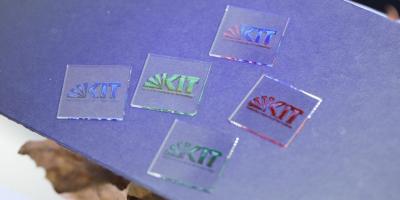German and Greek scientists are working with industrial partners on the technological feasibility of making solar modules based on perovskite absorbers. The prototypes should be freely configurable in size, shape and color. The research project Printed Perovskite Modules for Building Integrated Photovoltaics ' 'Printpero' ' is aimed at developing highly efficient and cost-effective solar modules.

The panels proposed would incorporate perovskite-based thin-film solar cells which achieve efficiencies of more than 23% in the laboratory, said the coordinator of the German-Greek research project, Germany's Karlsruhe Institute of Technology (KIT).
In addition to the stability of the modules, it is also important they meet the requirements for integration in buildings. As such, they would have to be developed free of size, shape and color constraints. To achieve this, the scientists used the potential of digital inkjet printing and developed printable luminescent layers to realize different color impressions and protect the solar cells from harmful UV radiation, KIT said.
To improve the stability of the perovskite modules, the project partners worked to connect several cells serially to a large-area solar module, while encapsulating the modules to protect them from moisture and associated degradation.
In addition to KIT, the Technological Educational Institute of Western Greece and PV manufacturers Sunovation Produktion GmbH and Britte Hellas are also involved in the Printpero project. The German-Greek research project started last year and is set to run for three years. It is funded by the German Federal Ministry of Research.

